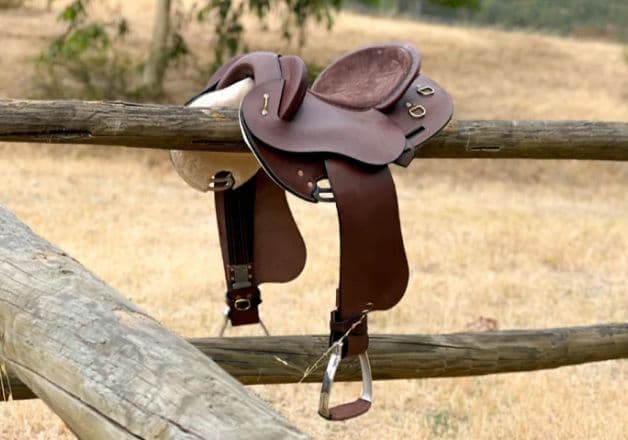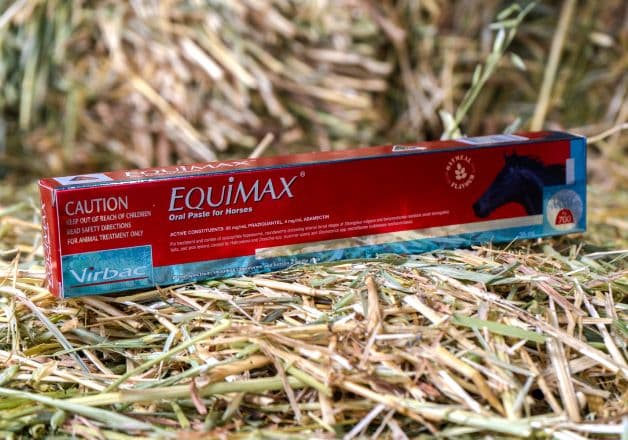
Beat the Heat: 7 Tips for Smarter Summer Horse Care
It’s no secret: Australian summers can be harsh. So, it's important to know how to look after your horse properly to keep them cool and comfortable.
The key to summer horse care? Staying alert to their condition and comfort levels – and acting quickly if you spot signs of heat stress or heatstroke.
In this guide, we’ll share practical tips to help your horse beat the heat, from keeping them hydrated to spotting early warning signs of overheating.
1. Keep them hydrated
Always make sure your horse has plenty of clean water, whether it’s from a dam, a water trough, automatic waterer, or a bucket that you top up regularly.
Ensure they have access to a salt lick year-round to help replenish electrolytes lost through sweating.
If your horse is working hard during summer, adding electrolytes to their water or feed is a great way to keep them hydrated.
2. Choose the right rug
Rugging your horse in the right materials makes all the difference on a sweltering day.
The best types of rugs for the summer? Those that provide breathability, sun protection and insect protection – all while being lightweight and durable.
Depending on your horse’s size and needs, that might be:
- A mesh rug: Perfect for keeping your horse cool and insect-free. It’s especially ideal for hot, humid and rainy conditions because of its quick-drying fabric that won’t stick to your horse.
- A ripstop rug: An all-season, all-purpose hero. This rug will keep your horse safe from UV rays by day and insulated during the cooler nights.
- A hybrid rug: Combines the best of both worlds. With mesh panels for airflow and solid polyester for durability, this rug is a summer staple with added comfort.
- A flag rug: Extra lightweight and breezy – a flag rug is ideal for the hottest and driest days. It offers unbeatable insect and UV protection without weighing your horse down.
3. Provide shaded shelter
Keep stable or barn doors open for the breeze, and if there’s no wind, use fans. Misting your horse with water can cool them down if it’s particularly hot.
And if you keep your horse in a paddock, make sure it has a good tree cover and natural shade.
If that’s not an option, look at building a shelter so your horse has access to shade through the hottest parts of the day.
4. Apply sunscreen
Horses with white noses can experience sunburn – but a good equine sunscreen can offer protection.
Focus on applying it to sensitive areas like the nose, around the eyes, and other exposed pink skin.
For longer days in the sun, reapply sunscreen every few hours to keep up the protection.
5. Ensure insect protection
Insects can be a major nuisance for horses during summer, causing discomfort and irritation. Fly masks, fly rugs, fly boots and insect-repellent sprays can all offer comfortable protection against insects, shielding them from bites.
Keep your horse’s environment and stable clean by regularly removing manure and stagnant water to reduce insect breeding. For extra protection, consider installing fly traps or fans in stables to deter insects.
And of course, always keep your horse wormed and make sure their bot fly treatments are up to date.
6. Change your exercise routine
Try to limit exercise to the cooler parts of the day, such as during the early morning and late in the day.
If you can’t (for instance, if you are showing on that day) try and find a shady spot for your horse between classes or where there’s a good breeze. You can even make use of a fan to create some air movement.
To cool your horse down once you’re finished working them, always:
- Remove all tack.
- Sponge or hose the horse all over with cool water to wash away sweat and foam.
- Monitor water intake. Too much cold water at once can lead to colic, so offer cool water in small amounts regularly.
7. Monitor for signs of heat stroke or dehydration
Heat stroke in horses can be a life-threatening condition. Symptoms of heat stroke include:
- Elevated breathing rate: The normal rate for adults at rest is 8-15 breaths per minute.
- Elevated pulse: The normal range for an adult is between 38-40 beats per minute.
- Profuse sweating, or no sweat at all.
- High temperature: The normal adult range is from 37.5° to 38.5°C.
- Irregular heartbeat.
- Depression or lethargy.
- Dehydrated skin: Test by pinching the skin on your horse's neck. It should return to normal within 1 second.
If you suspect heat stroke, call your vet. While you’re waiting for them to come, keep the horse in the coolest, shadiest place available. Keep sponging the horse down and keep a fan on them if there’s no breeze.
Ready to beat the heat? Shop Caribu’s range of summer horse rugs today!



